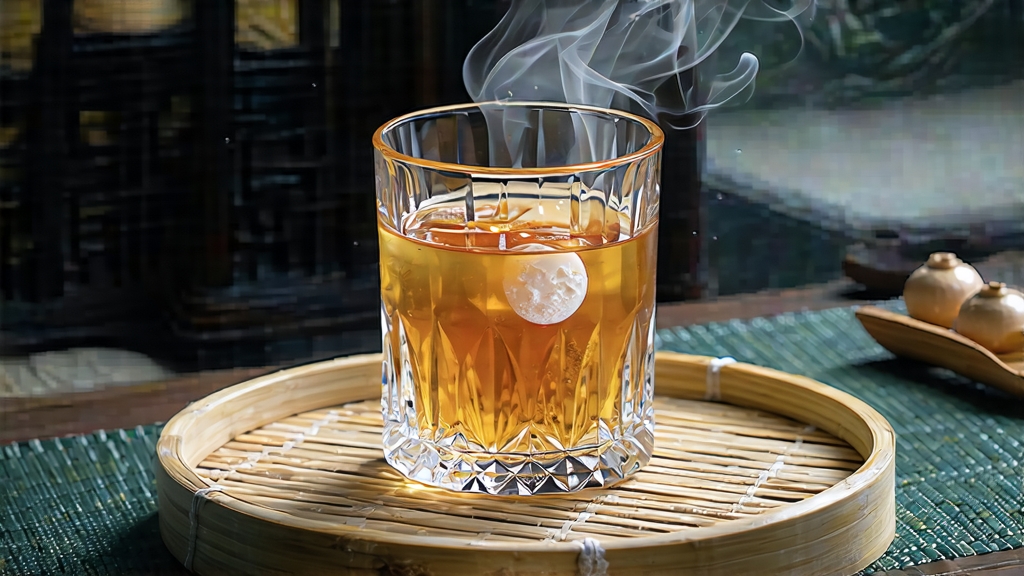
White tea is the most minimally treated of all China’s six great tea families, and within that serene category Fuding Silver Needle—Bai Hao Yin Zhen—sits at the apex, as pure and understated as moonlight on snow. To understand it is to step into a world where time slows, hands barely touch the leaf, and the landscape itself finishes the work that human skill begins. This essay invites the international reader to travel, sip by sip, through the history, terroir, craftsmanship, and quiet ritual that elevate a handful of fuzzy buds into one of the world’s most coveted infusions.
-
Historical whispers
The first verifiable record of “silver needle” appears in a 1796 county gazetteer of Fuding, Fujian, where local officials listed it among tribute teas sent to the imperial court. Legends push the story further back: Song-dynasty tea bricks stamped with silvery tips, Ming emperors receiving “white down” as medicine, and Qing merchants bartering it for Mongolian horses along the Tea Road. Whatever the mythic overlay, the 19th century marks the moment when Fuding Silver Needle became a recognisable commodity, its fame spreading first to Guangzhou’s foreign hongs, then to Victorian London where it was marketed as “Flowery Pekoe Tips” and sipped by ladies who believed it strengthened the nerves without staining porcelain. In 1915 it won a gold medal at the Panama-Pacific Exposition in San Francisco, sealing its global reputation. Yet for most of the twentieth century production remained tiny—just a few mountain villages, a few weeks each spring—so the tea stayed semi-secret, a whisper among Chinese pharmacists who valued its “cooling” properties during feverish southern summers. -
Terroir: the granite spine of Taimu Mountain
Fuding County lies on Fujian’s northeastern coast, where the East China Sea’s warm fog meets the granite spine of Taimu Mountain. Day-night temperature swings of 10–15 °C slow the growth of the tea bushes, thickening cell walls and concentrating amino acids. The native cultivar, Fuding Da Bai Hao (“Big White Down”), develops buds that can reach 3.5 cm in length, each cloaked in a duvet of protective trichomes that shimmer like frost. These hairs are not mere ornament: they contain polyphenol oxidase inhibitors that help the plant resist UV damage, and they contribute the tea’s signature “downy fragrance” (rong hao xiang). Soil is coarse and acidic, a mix of decomposed granite and maritime loam, rich in potassium yet low in nitrogen, forcing roots to struggle and thus deepen the aromatic complexity of the bud. -
Craftsmanship: two steps between earth and heaven
Unlike green tea, which is pan-fired, or oolong, which is bruised and baked, Silver Needle undergoes only two deliberate actions: withering and drying. Yet within that simplicity lies a masterclass of micro-control.
a) Plucking
Work begins at dawn when dew still weighs down the grass. Pickers—usually women wearing wide bamboo hats—snap off only the unopened needle, rejecting any leaf, rain-damaged tip, or insect bite. A skilled plucker fills her wicker basket in three hours; seven of those baskets yield just one kilogram of finished tea.
b) Outdoor withering
The buds are laid in a single layer on bamboo mats set upon wooden racks angled toward the southeast sun. For forty minutes the leaf temperature is allowed to rise to 28 °C, then mats are whisked into the shade the moment surface moisture drops below 30 %. This sun-kiss catalyses gentle oxidation—never above 5 %—unlocking floral lactones while preserving the silvery appearance.
c) Indoor withering
Racks are rolled into a second-story loft whose windows face the sea. Here, for 36–48 hours, the buds rest in darkness while natural convection carries away residual moisture. Masters gauge progress not with instruments but with their cheeks: they press a handful of buds against the face, feeling for the cool snap that signals 8 % moisture. At this point the down stands erect, each needle a tiny white flag.
d) Charcoal baking
Finally the tea is placed on sieves stacked above a low-temperature charcoal pit fired from local lychee wood. The fire is so gentle that a hand can hover above the pit for five seconds without pain. Over two hours the